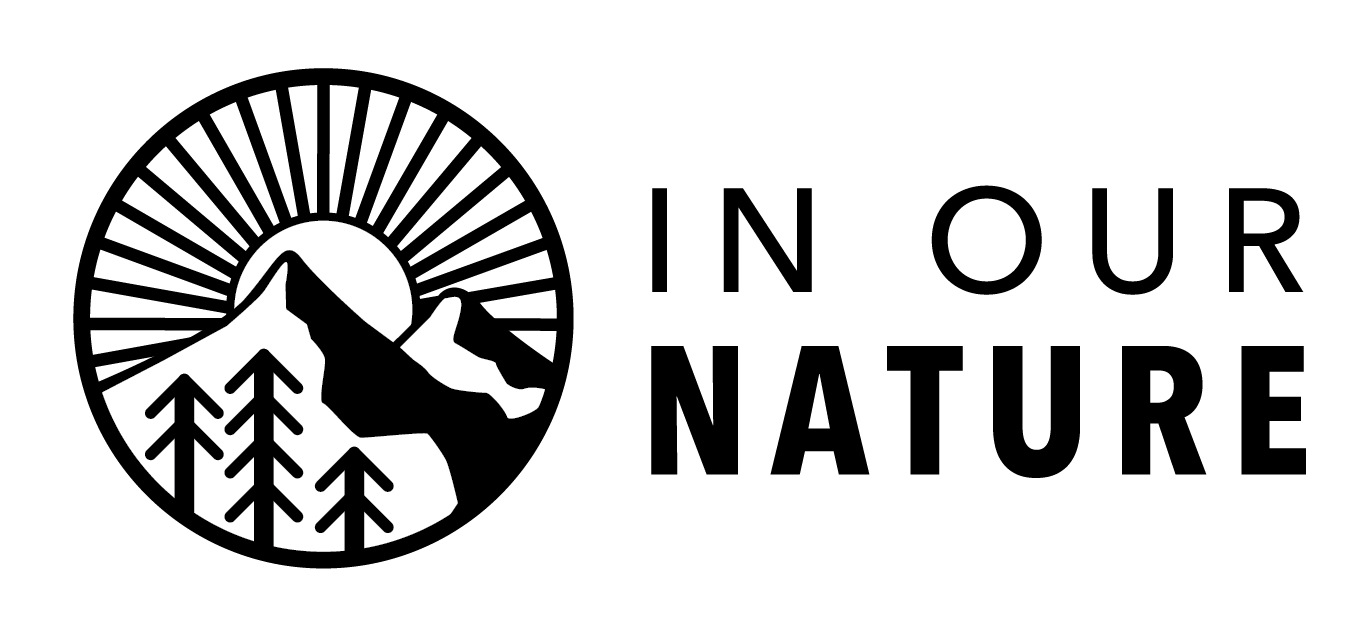This Week on Earth: Feb 4-10
Downtown Chicago in the distance past Lake Michigan. (Ruby Grisin/ION)
Evanston, Ill.
A new exhibit at Northwestern’s Block Museum of Art highlights Indigenous art in the greater Chicago area.
Chicagoland, known as Zhegagoynak by the Potawatomi, possesses the third-largest urban Indigenous population in the United States. According to WTTW Chicago, it has more than 65,000 Native peoples and represents about 175 different Native Nations. Yet, there is still a shortage of Indigenous representation, namely in artwork.
The Block’s exhibit, named “Woven Being,” showcases artwork from 33 Indigenous artists who are currently living in or were forcibly displaced from the region during the nineteenth century. Each unique work in the exhibit demonstrates an experience of being Indigenous in the Chicago area.
“Woven Being” came to exist through a collaboration between four artists who have roots in the area and wanted to further explore the Zhegagoynak Indigenous identity. Through both traditional crafts, such as weaving, and visual art that depicts history and current sentiments, the mixed-medium artwork is creatively arranged in the Block Museum’s second floor.
The exhibition will be available until mid-July and is free to visit.
Stay tuned for a longer article about the impact of this exhibit – coming later this quarter…
Chile
Some of the clearest skies for stargazing are in Chile’s Atacama Desert, the driest nonpolar place on Earth, but these conditions are now in danger.
Paranal, a mountain in this region with one of the world’s most important observatories, the European Southern Observatory (ESO), has been the site of significant astronomical successes, such as the first imaging of an exoplanet and the confirmation of the Universe’s accelerated expansion.
According to Chilean author and astronomer Rodrigo Zúñiga Vásquez, the reason it’s such a good stargazing location has to do with a variety of factors. Most notably, the Andes, which run through the eastern side of Chile, create a variety of locations free from light pollution. Not only do these mountains block the light of nearby cities, but they also provide higher altitude locations, which tend to see clearer skies. Additionally, because the Atacama Desert receives so little rainfall, it has around 300 clear nights each year. Dryness also translates to low humidity, which lowers moisture in the air, making it easier to get a clear view of the night’s sky.
Now, an industrial project by AES Andes, a subsidiary of the U.S. power company AES Corporation, could cause irreversible damage to the region’s astronomical potential. The plan, which involves the construction of a massive industrial complex for environmental impact assessment 5-11 kilometers from the telescopes would reduce sky clarity due to the light pollution it would produce.
When the ESO learned of these plans in August 2024, they contacted AES, but ESO Director General Xavier Barcons said negotiations were unsuccessful.
“We showed them that the impact, based on sophisticated models of light pollution, is going to be very serious on the observatory sites. And we told them that if they moved away to 50 kilometers, according to the simulations, we will be safe,” Barcons said in an interview with Sky & Telescope.
Tourists and locals could also experience lower quality stargazing as a result of the project.
Still, AES decided to move forward with the original plan. “They are aware that they’re going to damage us, and they have essentially ignored us,” Barcons said.
Worldwide
You may have heard that using ChatGPT to draft your email uses the equivalent of one bottle of water. A new AI competitor is touting its ability to lessen its environmental impact.
DeepSeek, an AI chatbot similar to ChatGPT, claims to use one-tenth of the energy of its counterparts, according to a video by CBC News. While the facts of the matter are not entirely clear yet, there is enthusiasm around the prospect that there could be a more sustainable future for AI.
There has been speculation that this innovation could be powered by more energy-efficient cooling technologies in warehouses, but due to the lack of public data from DeepSeek, it remains unclear whether their claims are true and how exactly they are making their model more environmentally friendly.
What outlets like CBC have been focusing on, though, is exploring the methods AI providers could use to move into the future of AI while not leaving sustainability goals behind.

